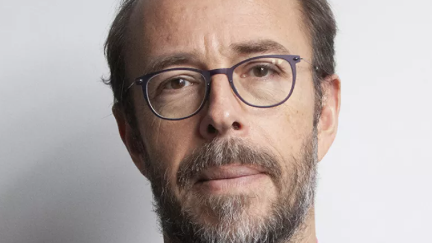In November 2024, negotiations in Colombia had failed. So, once again, UN member states gathered in Rome last week for another COP16 meeting on biodiversity. At the last minute, they finally reached a compromise on Thursday, February 27. Philippe Grandcolas, research director at CNRS, analyzes the progress made during this COP.
The president of COP16, Susana Muhamad, welcomed the agreement, stating that it was « a historic day for biodiversity. » The deal includes a financing plan for nature protection, more than 20 years after the signing of the Convention on Biological Diversity at the Earth Summit in Rio in 1992.
A Funding Issue
COP16, which opened in late October in Cali, Colombia, had been suspended before resuming on Tuesday, February 25, in Italy. « The main obstacle was the issue of financing the measures that need to be taken, especially for funding protected areas, » explained Philippe Grandcolas. The CNRS research director describes biodiversity as a common good and uses the Amazon rainforest as an example: « Some may think that the disappearance of the Amazon does not concern them. This is both an ethical heresy and an ecological absurdity since we depend on it for maintaining a viable climate on the planet. »
The agreement approved on Thursday, February 27, provides for $200 billion per year by 2030 for global nature protection expenditures. While this sum seems significant, it must be considered in relation to the vast areas that need protection worldwide. Grandcolas recalls the global biodiversity framework established during COP15: « About 30% of areas are protected, both on land and at sea. This is enormous. » The creation of each protected area requires legal modifications as well as staff to monitor and manage these spaces.
Necessary Progress in the Agricultural Sector
In his encyclical Laudato si’, Pope Francis writes in paragraph 42: « All creatures are connected, each must be cherished with love and admiration. We all, as beings, need one another. » Protected areas aim to preserve the biodiversity within them. However, Grandcolas points out that their level of protection remains insufficient. « For instance, there are marine protected areas where bottom trawling is still allowed. This is completely absurd. There is still a lot of work to be done. »
« There is a form of schizophrenia in our governments, which, on one hand, negotiate fiercely, and on the other, continuously take regressive measures in environmental matters. »
The focus must also be on reducing pollution from pesticides, according to the CNRS research director. He laments the suspension of the Ecophyto plan in France in February 2024, which aimed to cut pesticide use by 50% by 2030. « There is a form of schizophrenia in our governments, which, on one hand, negotiate fiercely, and on the other, continuously take regressive measures in environmental matters. »
Continuing Efforts Despite the U.S. Absence
The United States withdrew from the Paris Agreement during Donald Trump’s first week as president. Despite harmful environmental policies from the U.S. government, other actors must continue their efforts to protect biodiversity. « This is the tragedy of the commons: when we have shared resources and some actors cheat or behave irresponsibly, we still have to act. If all actors adopt bad practices, the situation will deteriorate even faster. » For Grandcolas, the hope remains that the next U.S. administration will be more favorable to environmental and biodiversity protection.
Source: rcf




